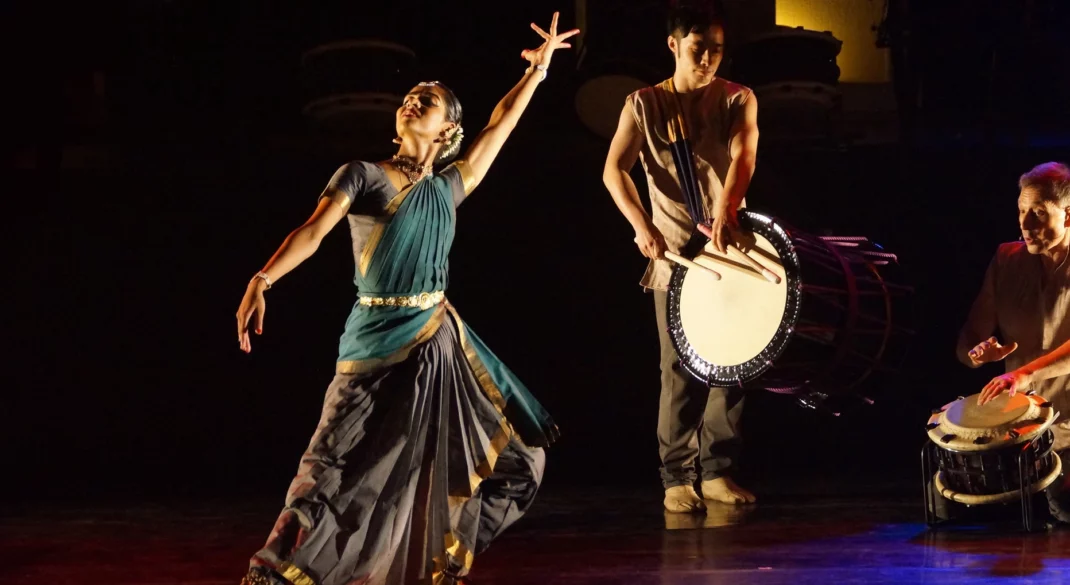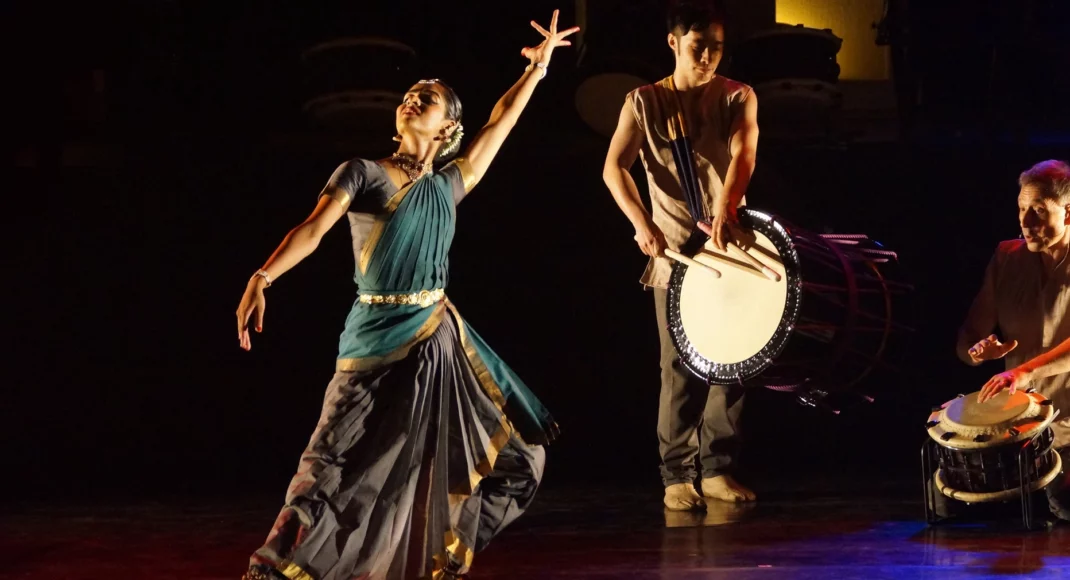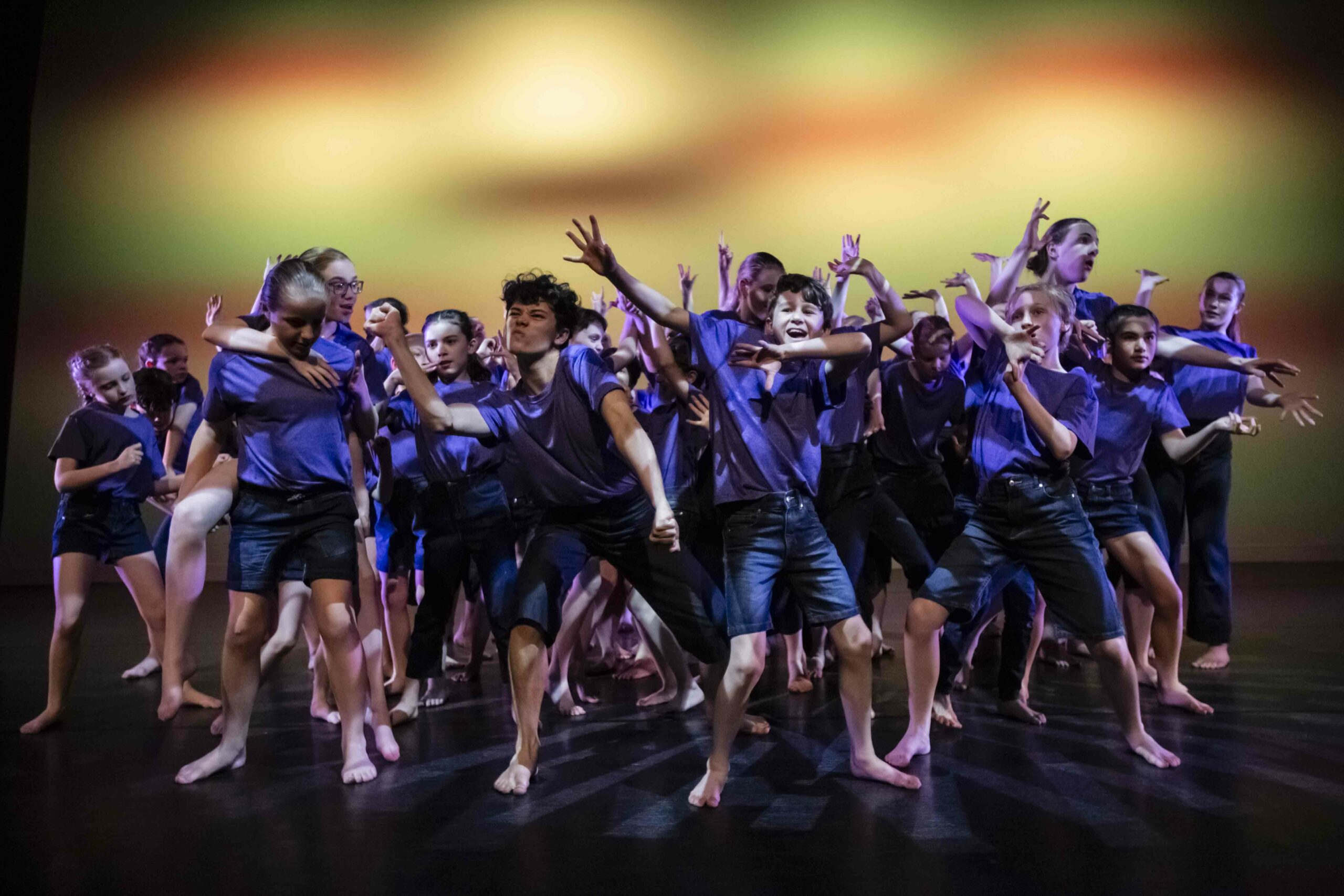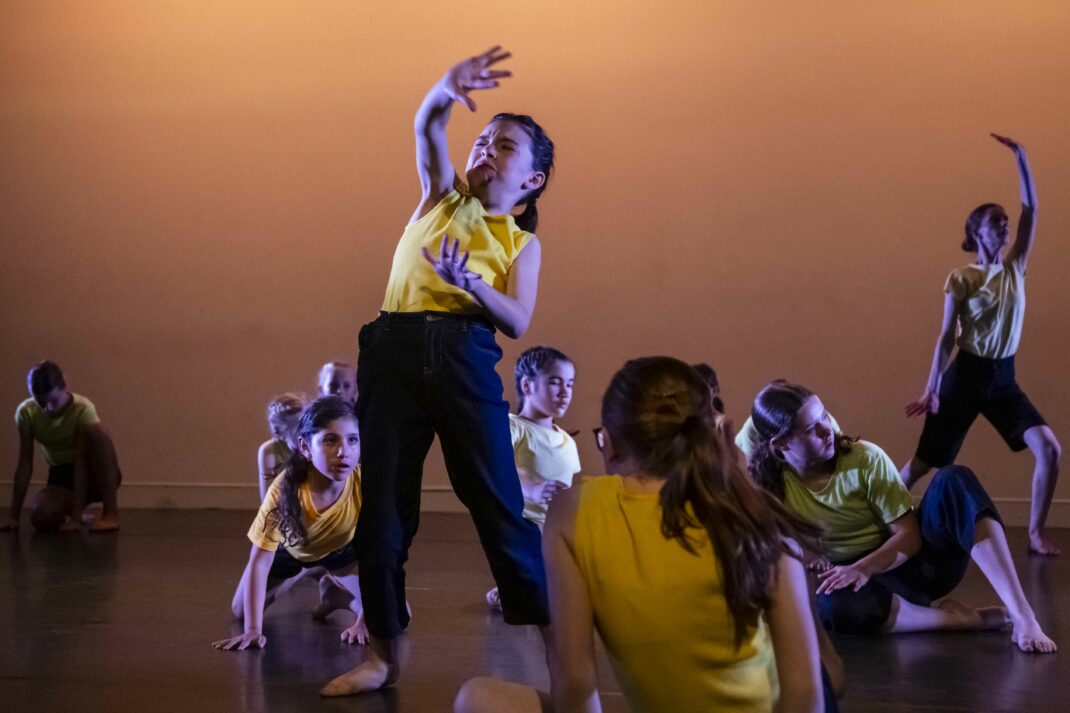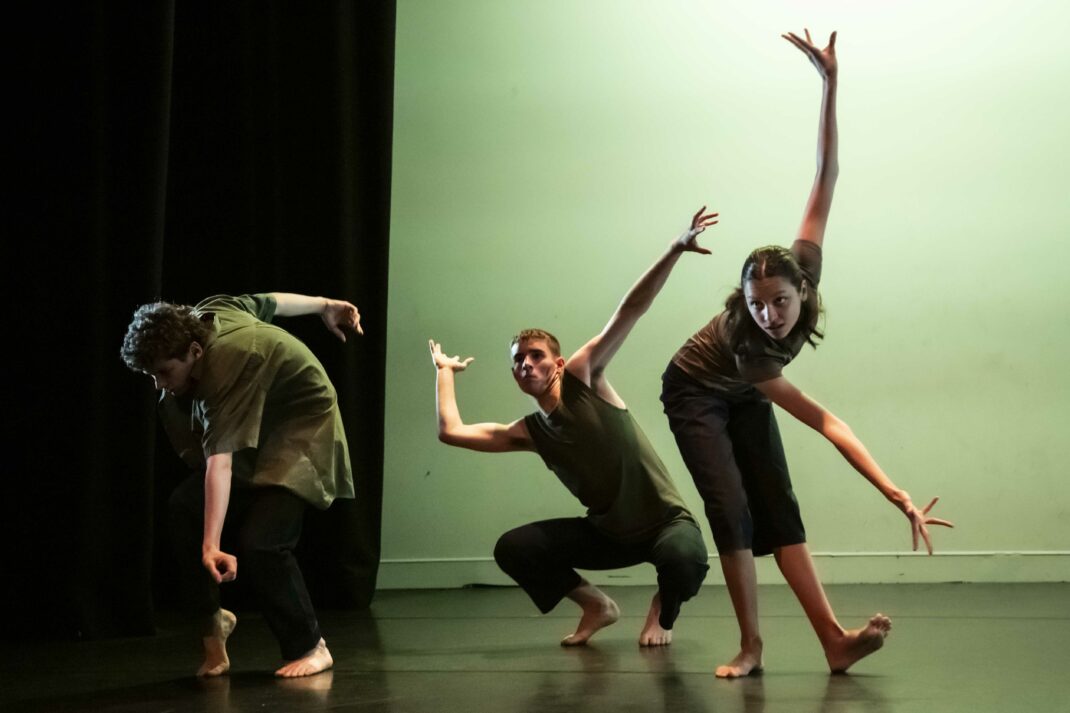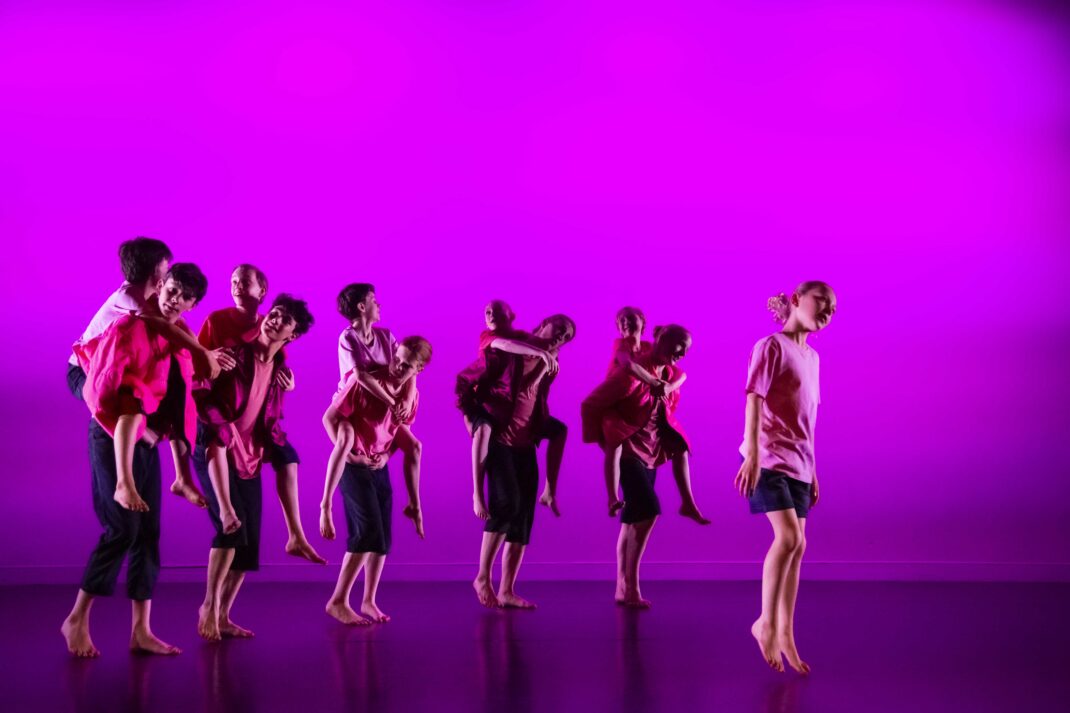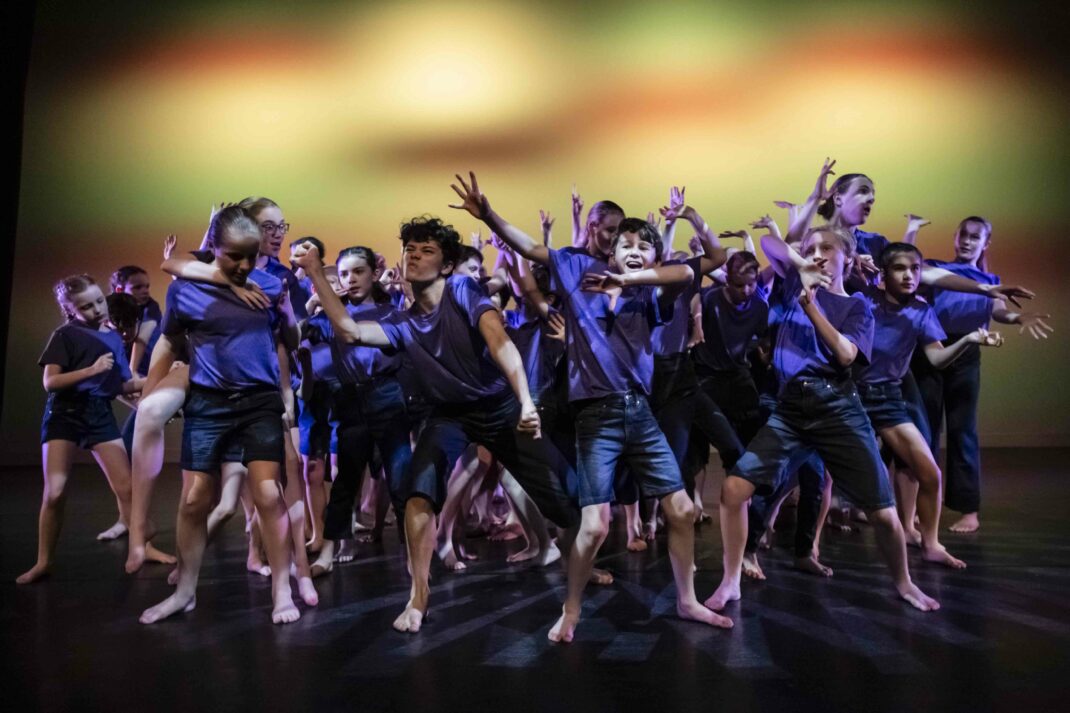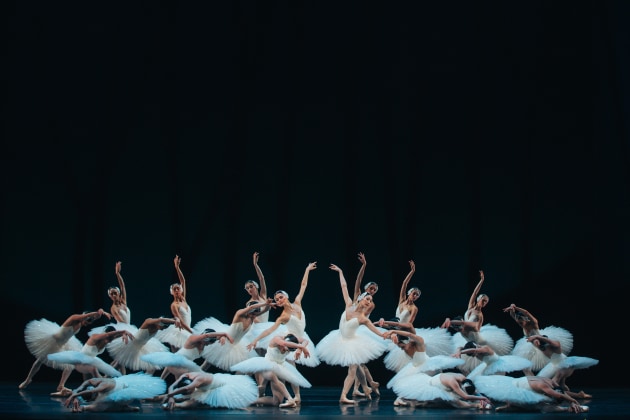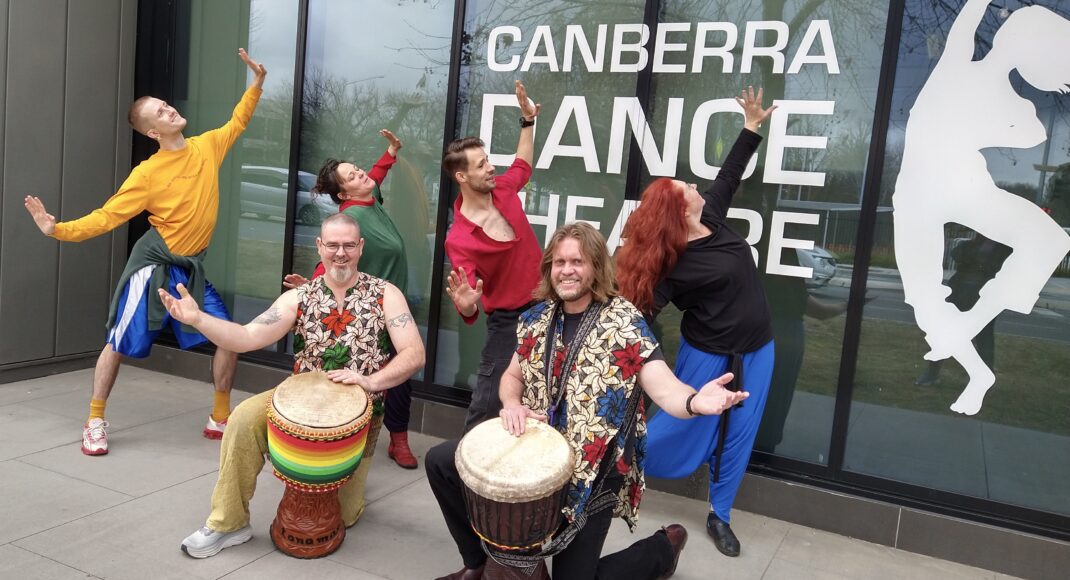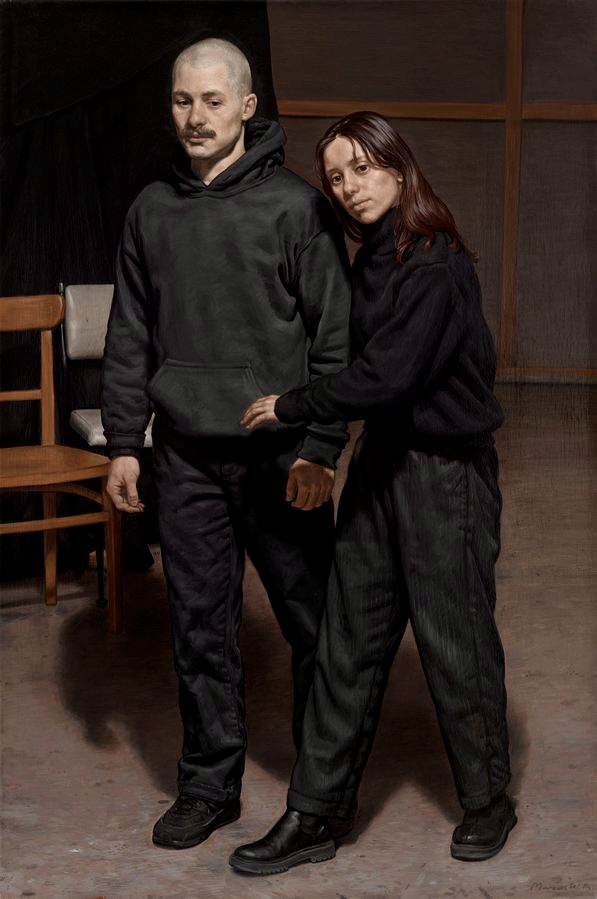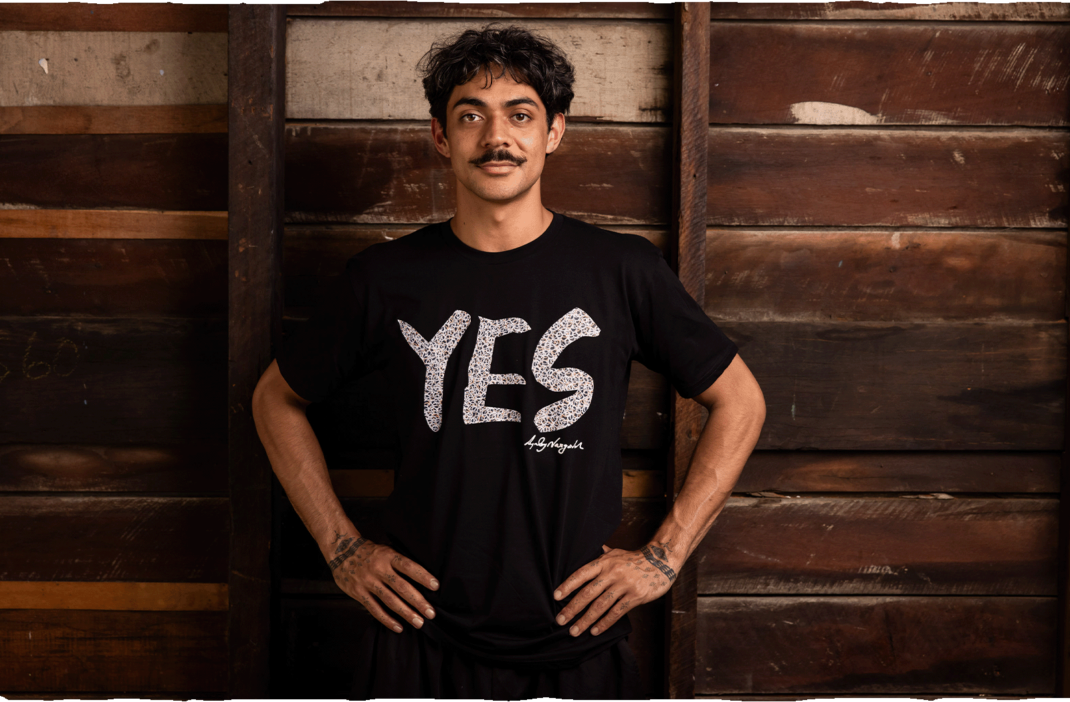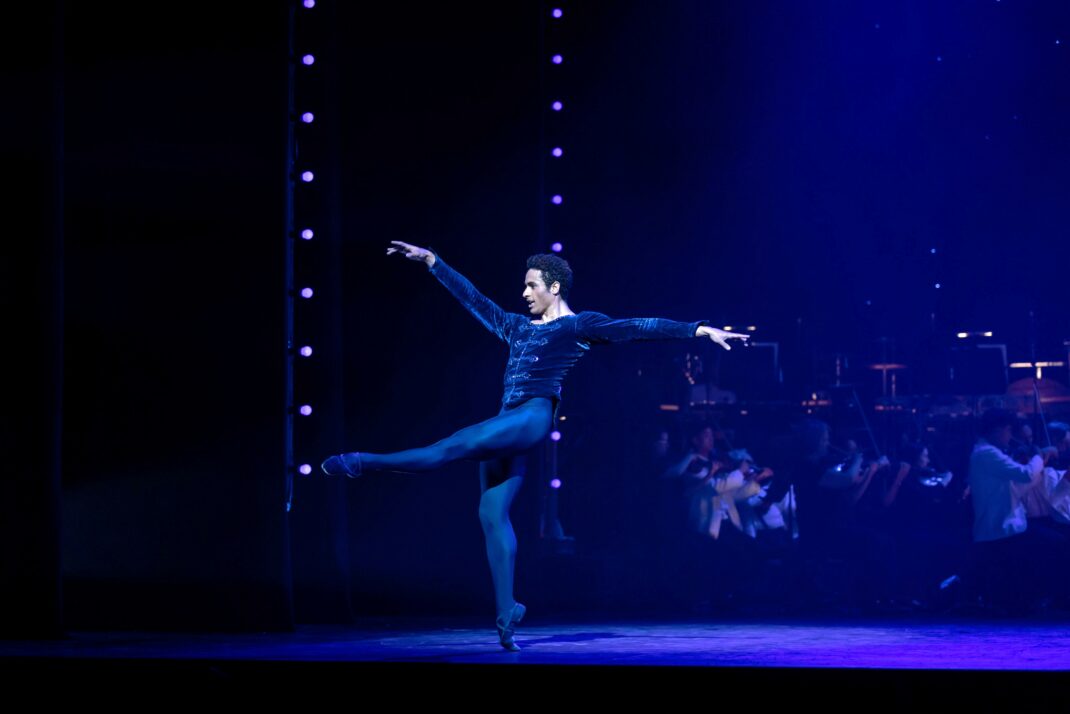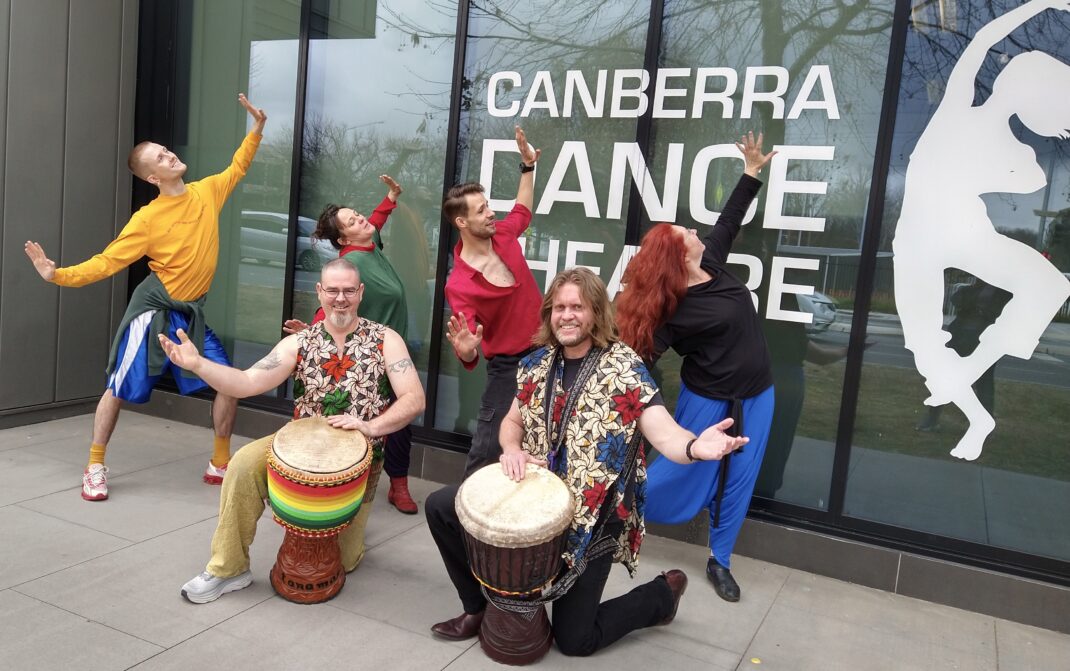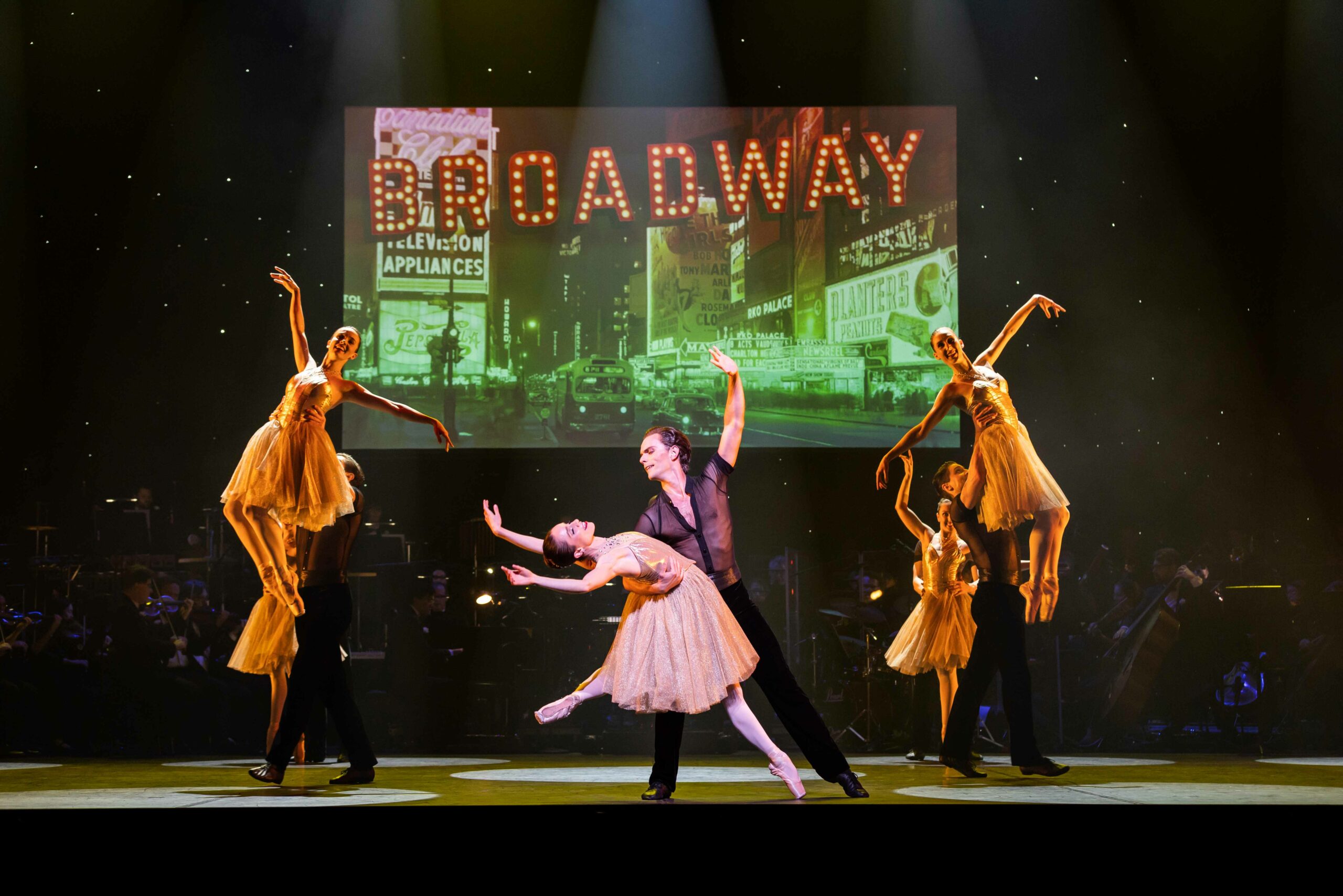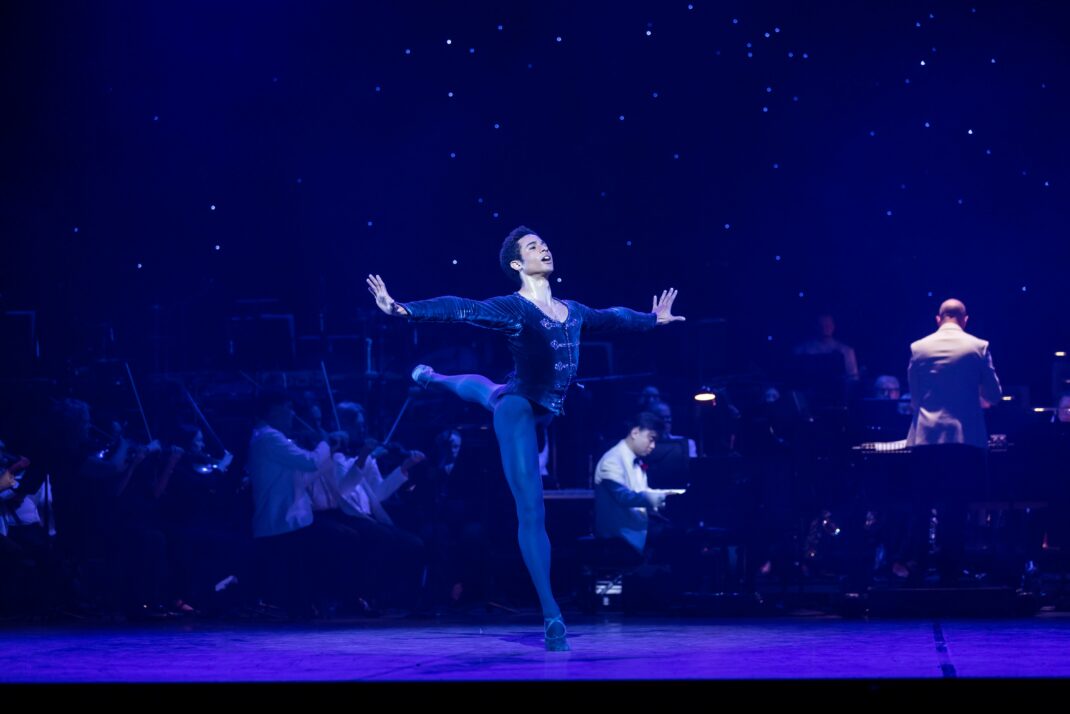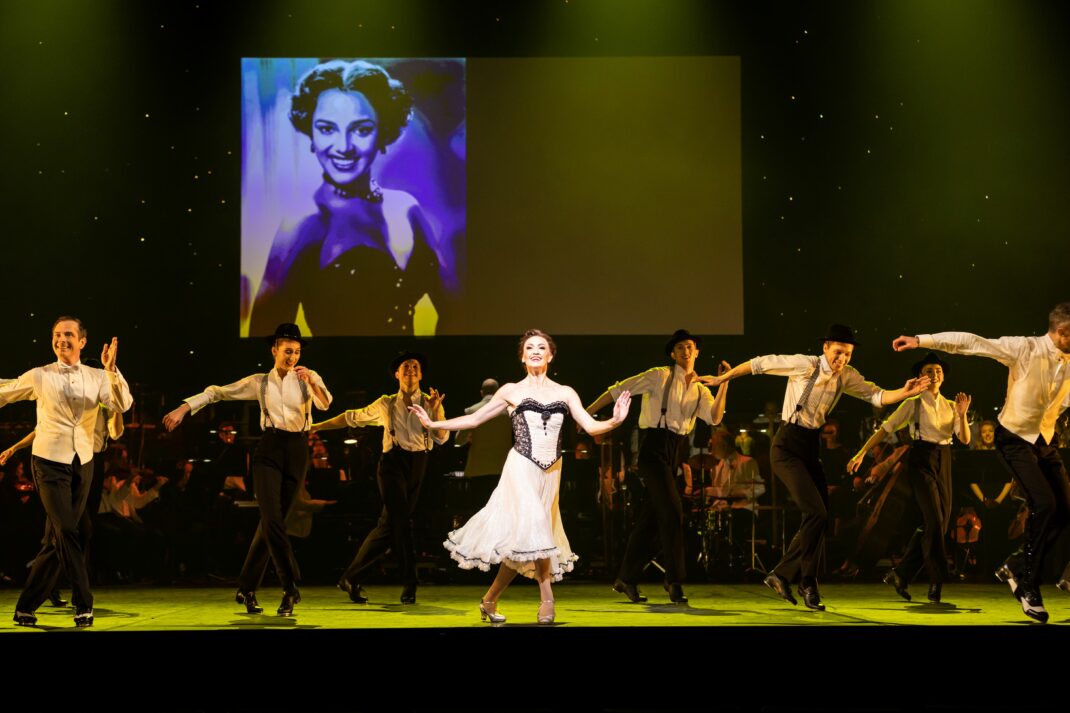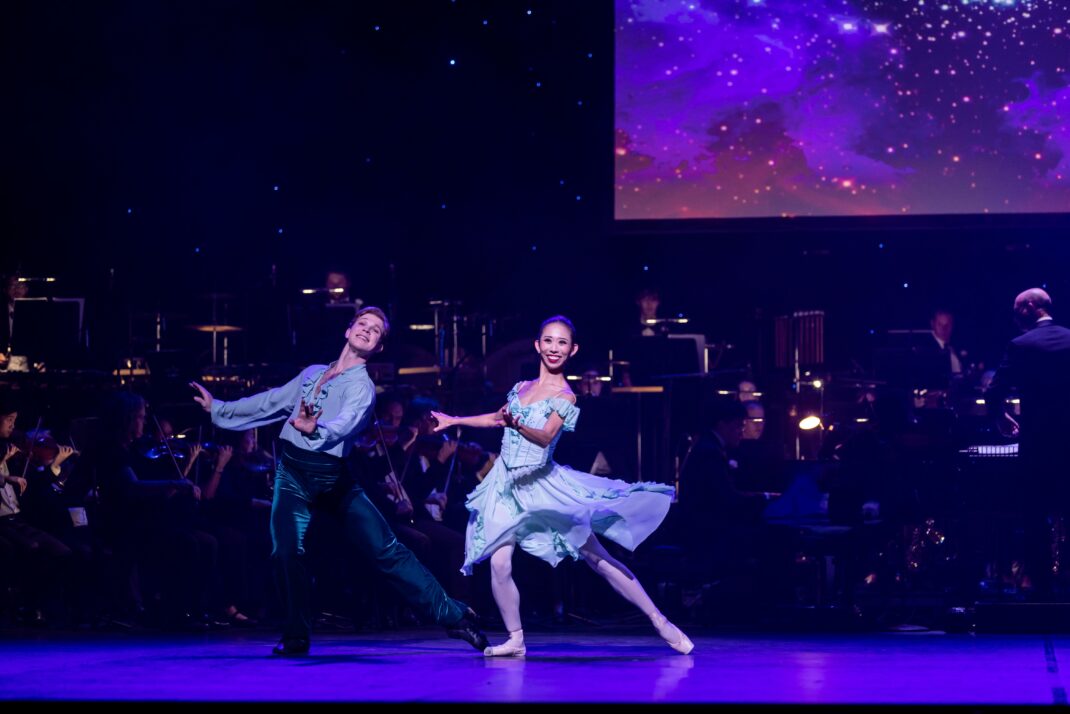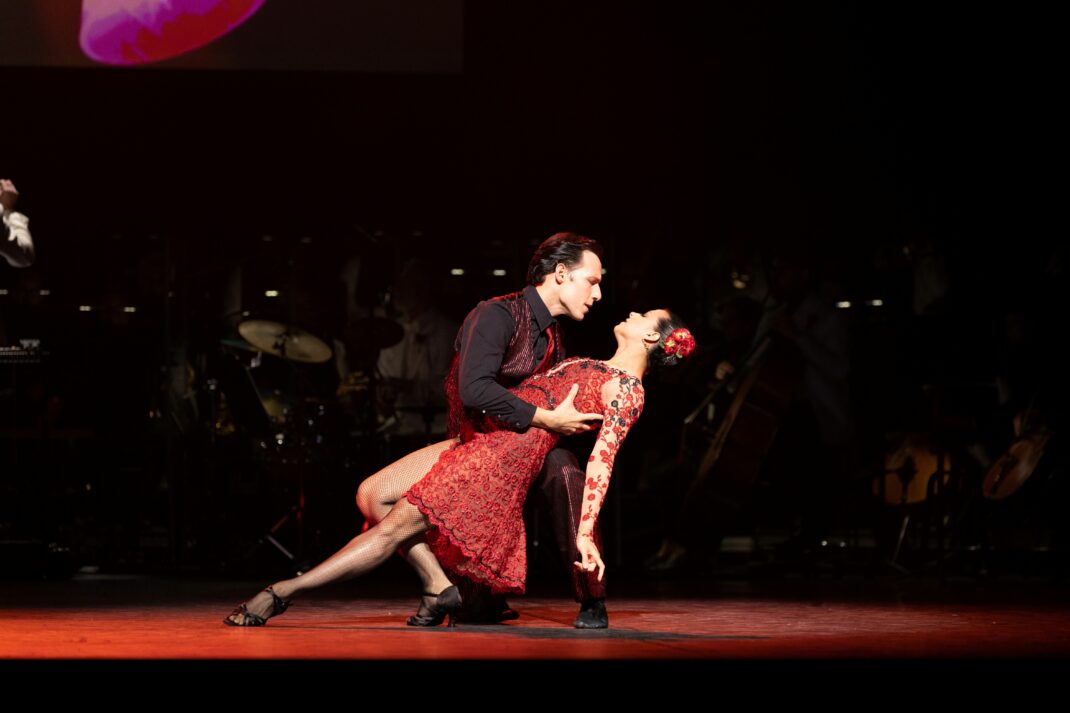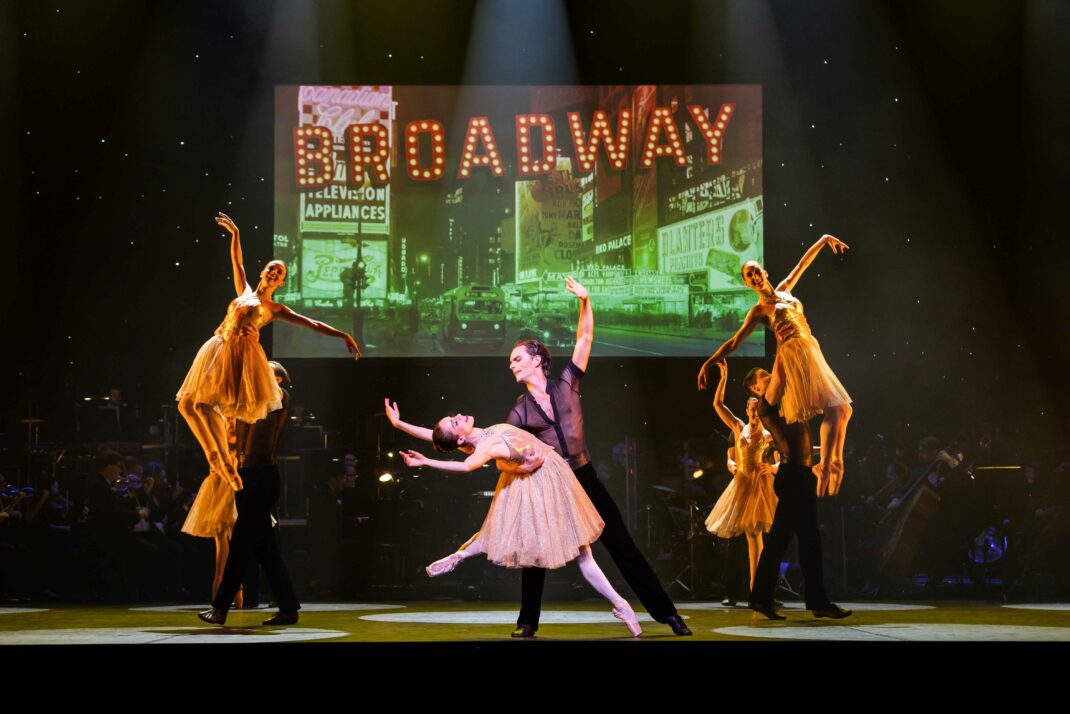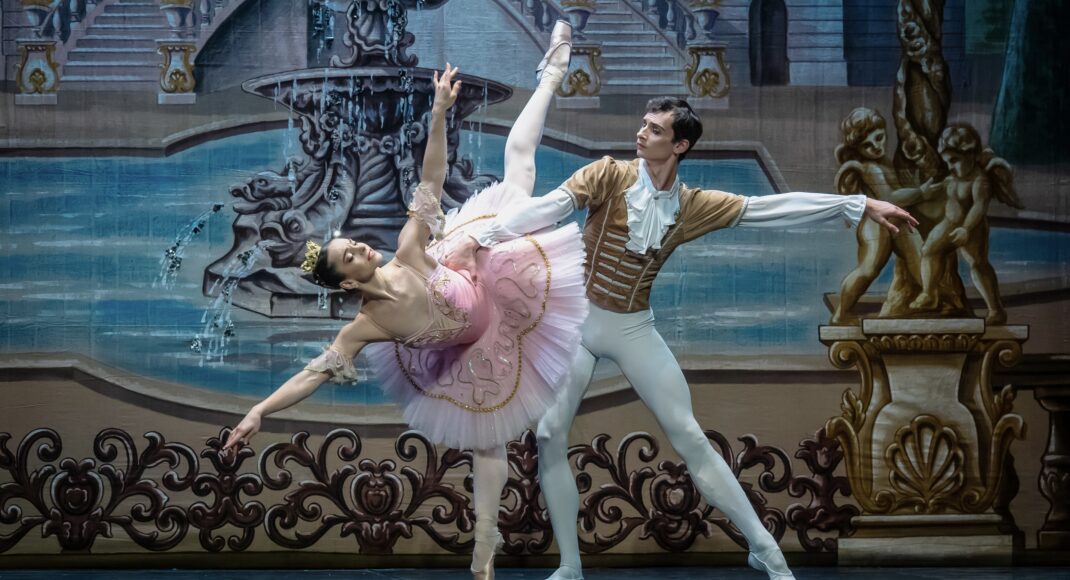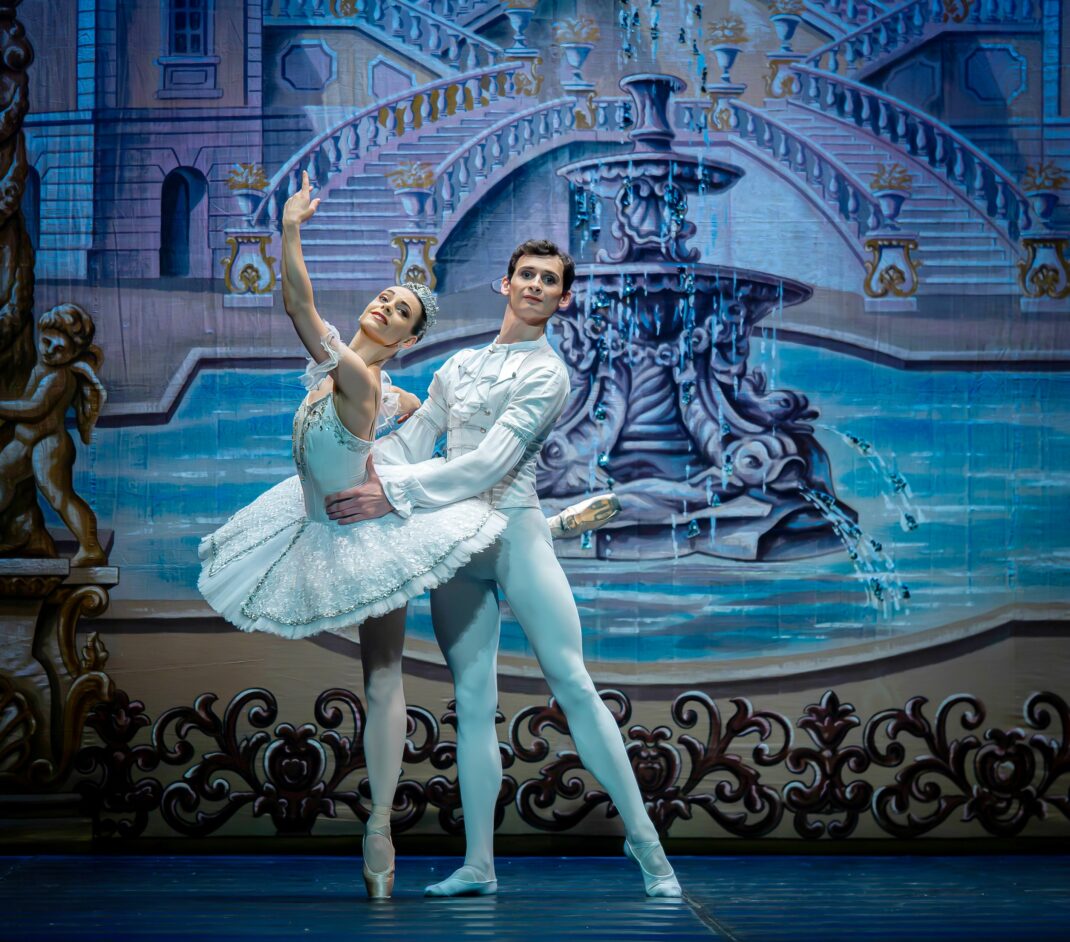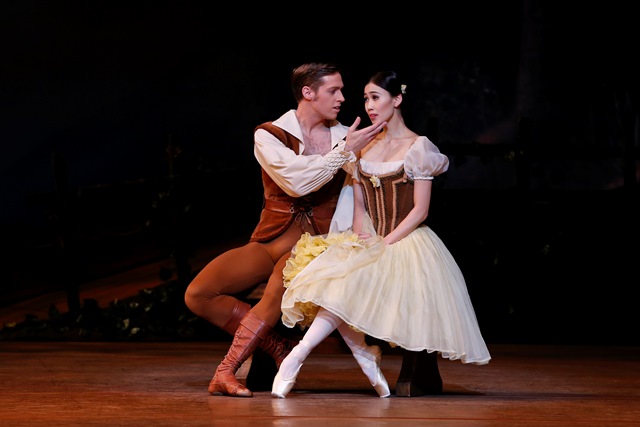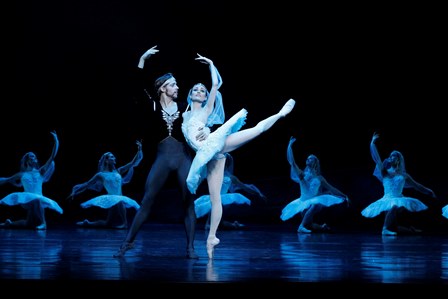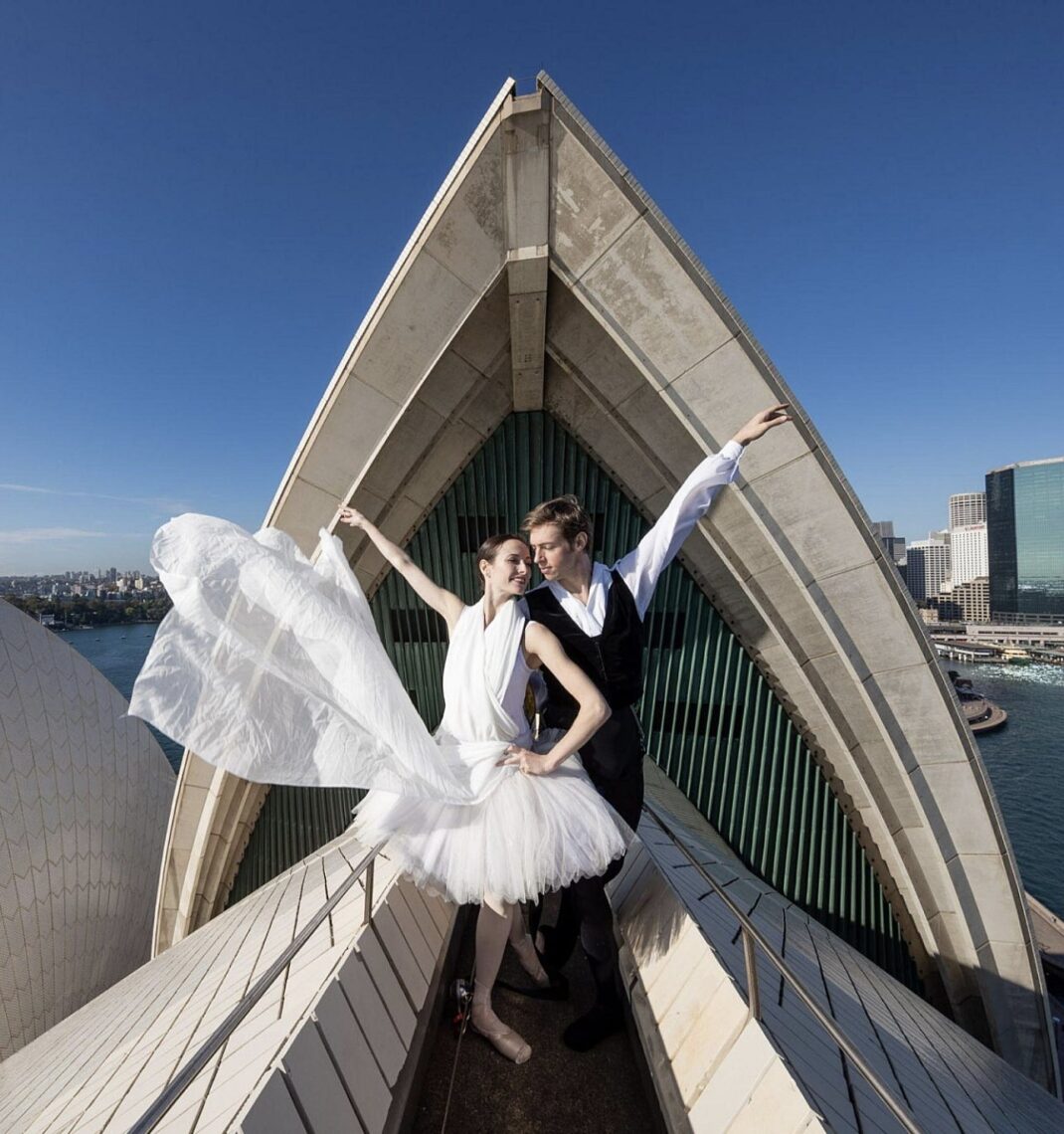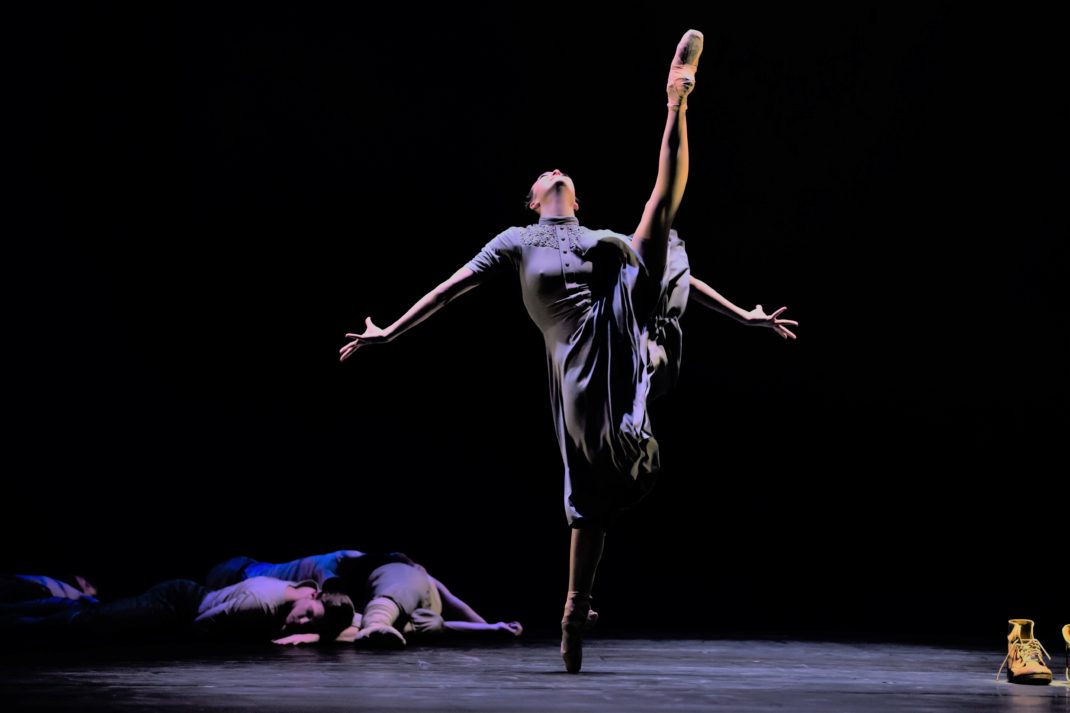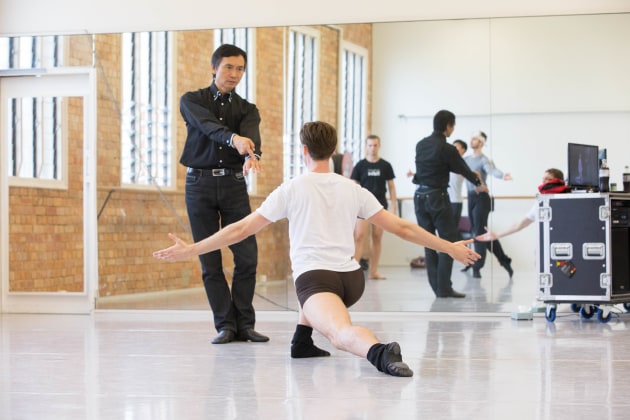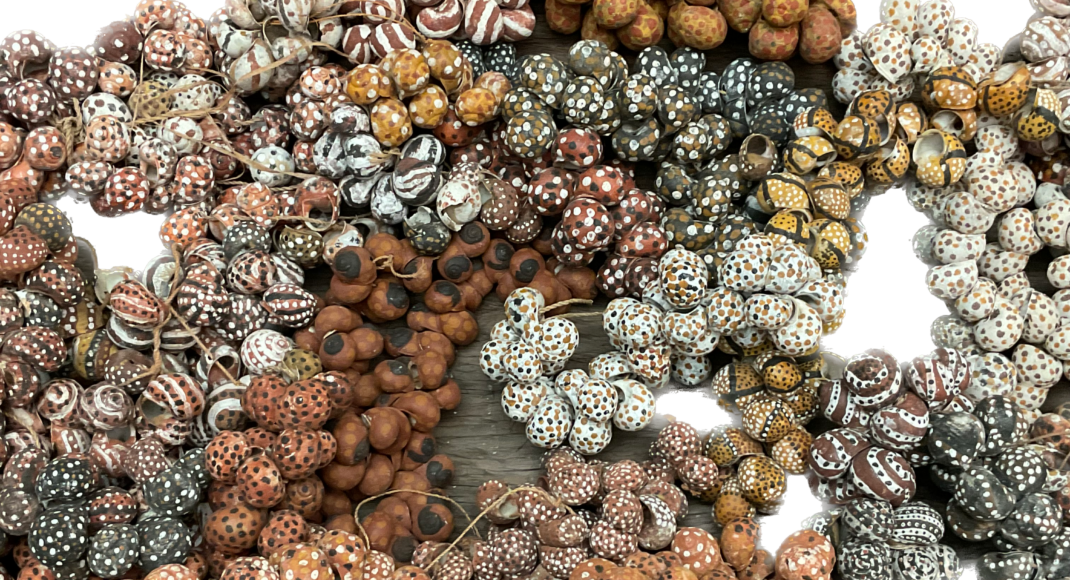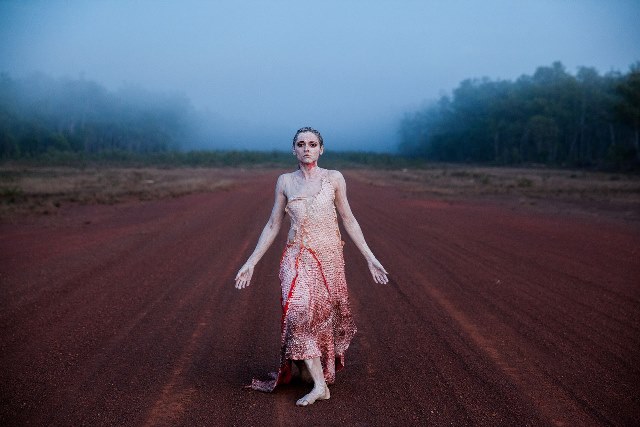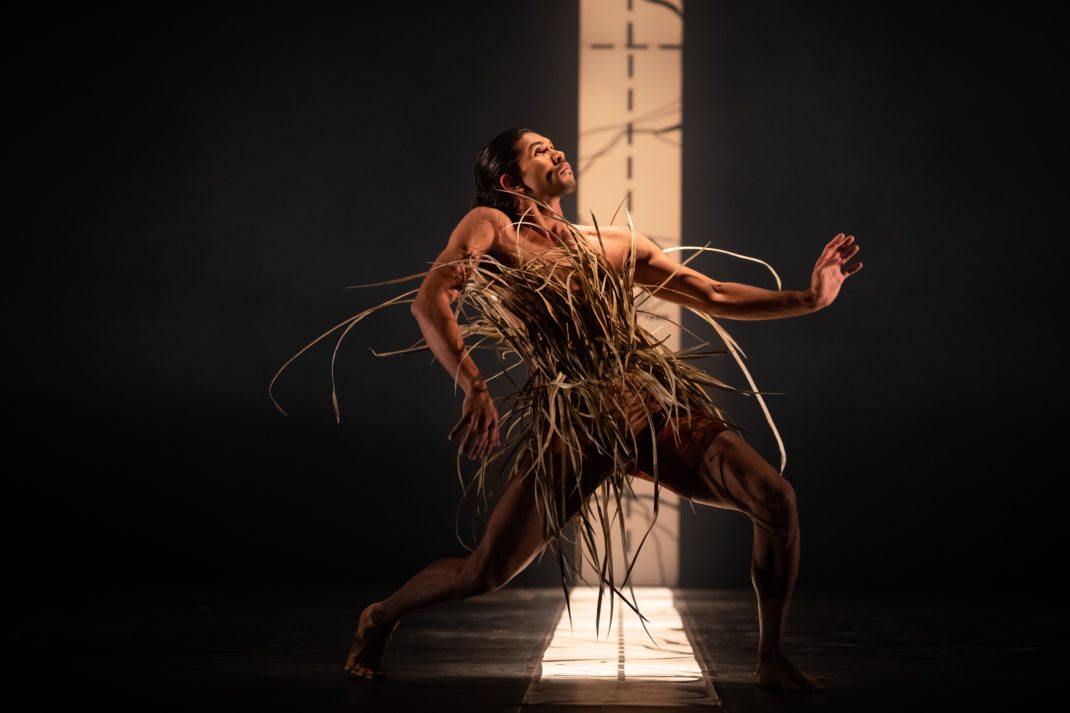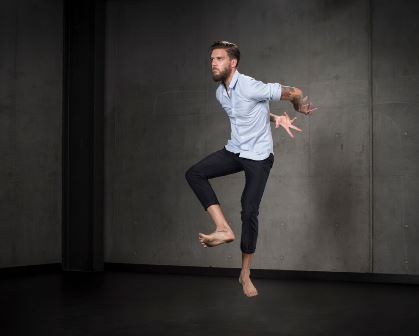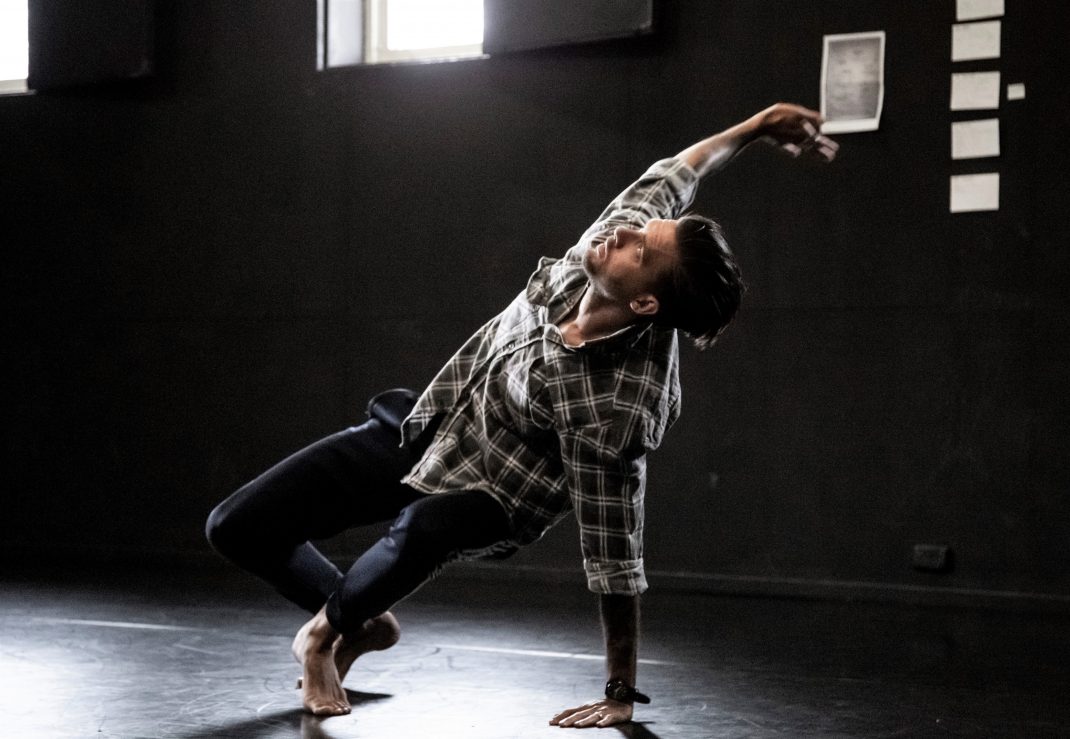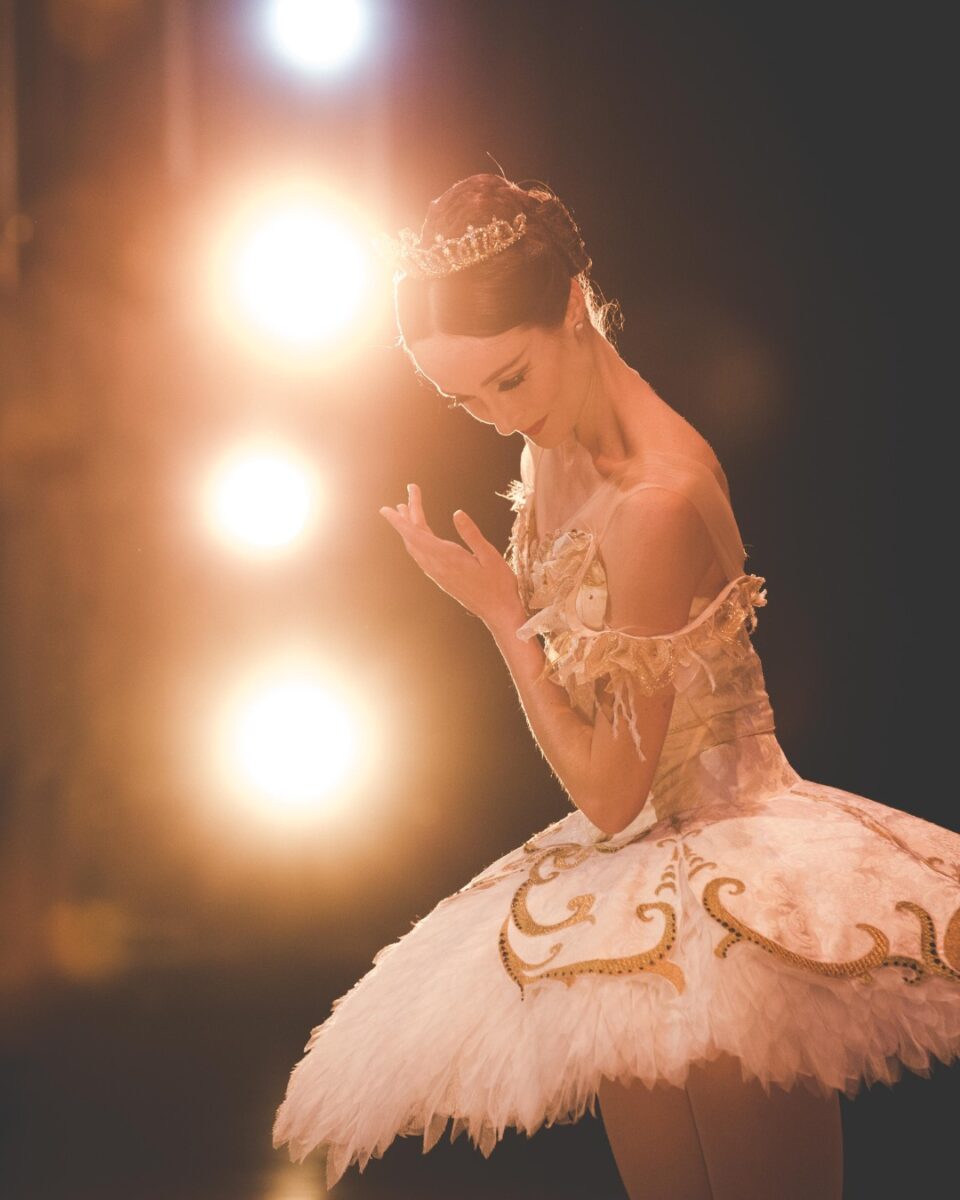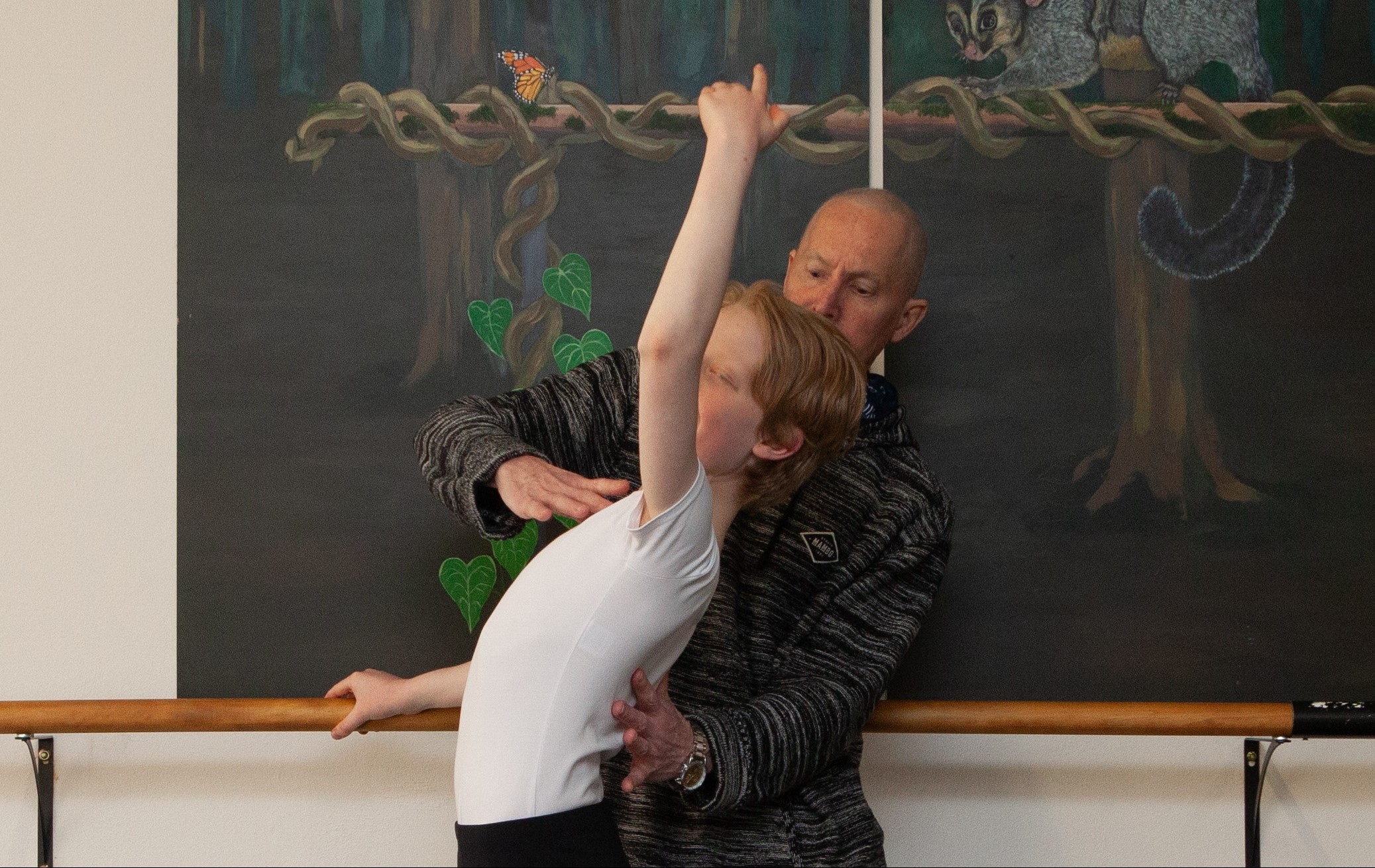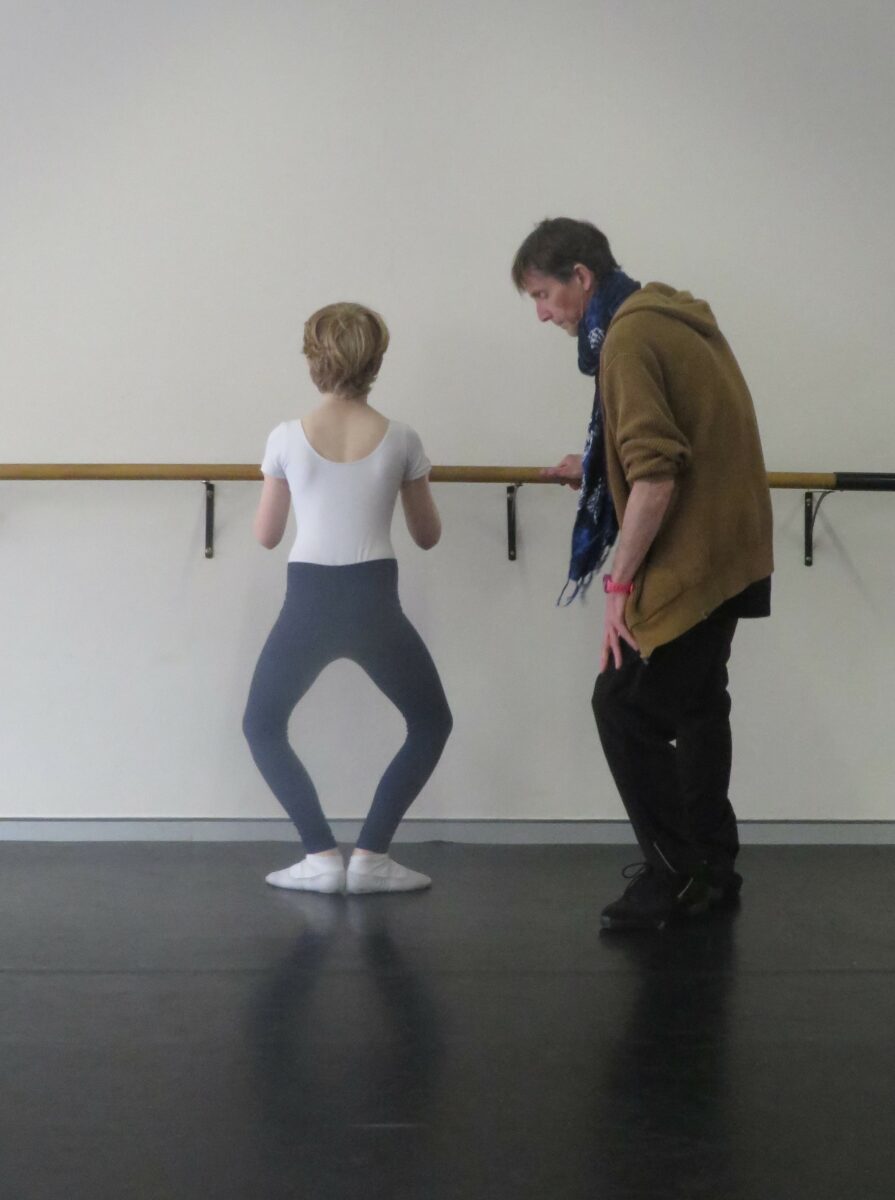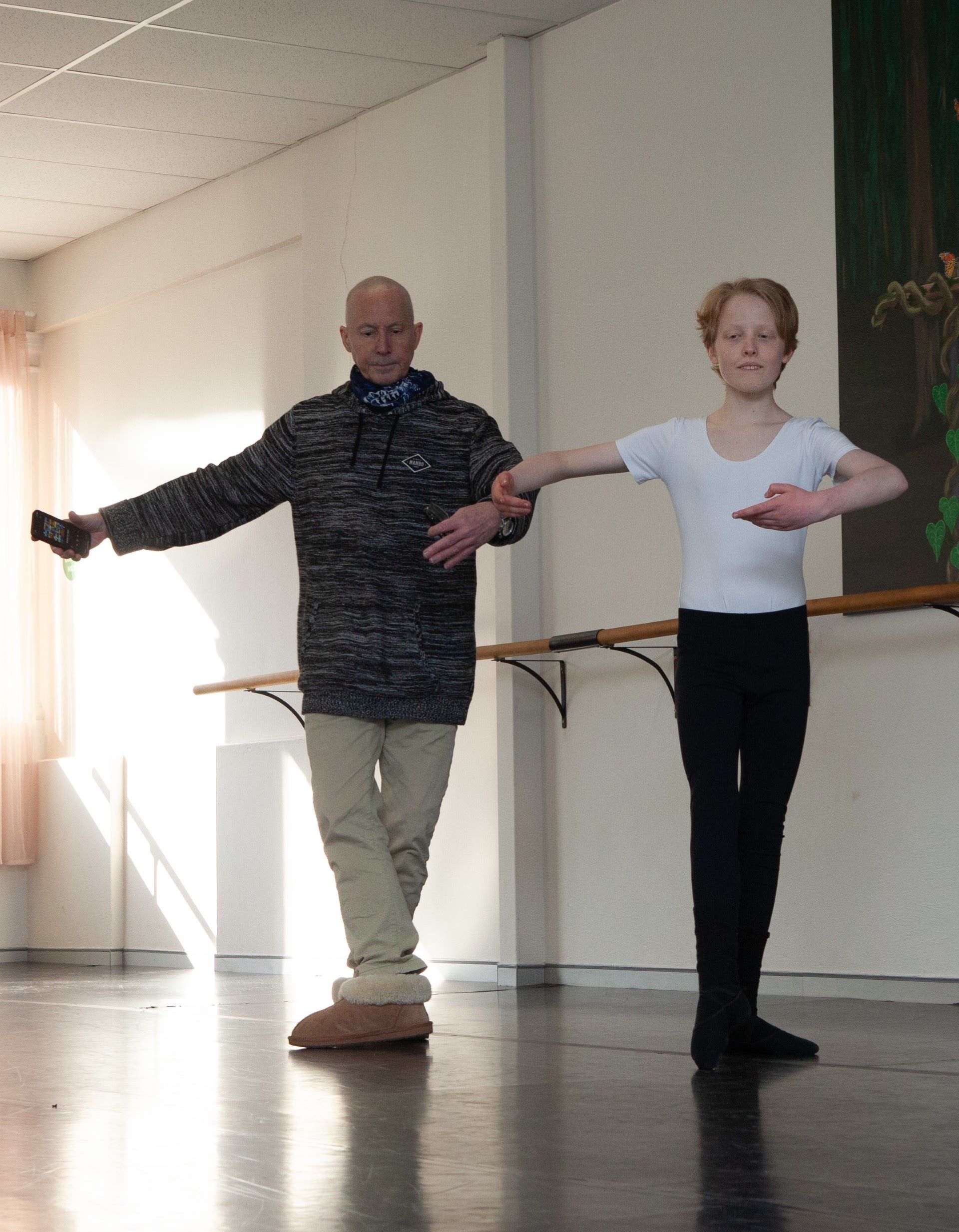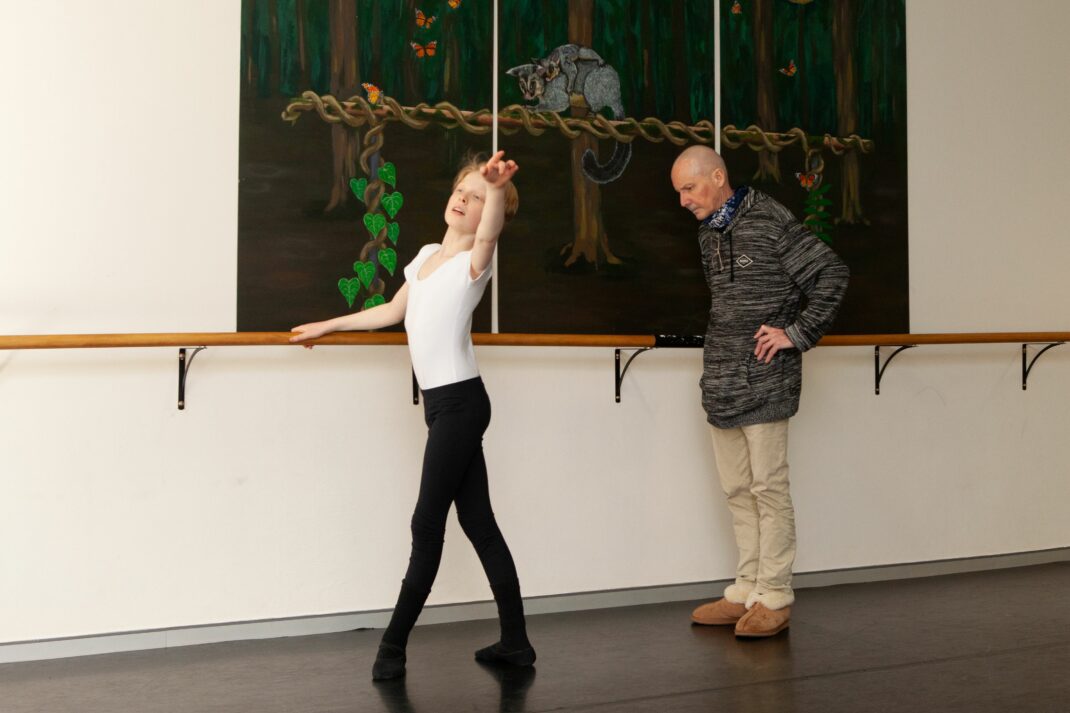19 October 2023. Drama Theatre, Sydney Opera House
Chi Udaka was an outstanding collaborative venture between Lingalayam, a company directed by Australian-Indian dancer Anandavalli, and TaikOz, an Australian music group co-founded by Ian Cleworth and Riley Lee and currently directed by Cleworth. The show focused on Anandavalli’s interest in the two Indian classical dance styles of Bharata Natyam and Kuchipudi, and the intrinsic interest of TaikOz on drumming but with that interest extending to other instruments, especially the shakuhachi and, on this occasion, to the sounds of the cello of John Napier. Chi Udaka is not a new production but this 2023 presentation was part of the 50th anniversary celebrations of the Sydney Opera House. And the show itself was beautifully celebratory in its inspiring combination of music and dance.
‘Chi’ means earth in Japanese and ‘Udaka’ means water in Sanskrit so the production juxtaposed these two ideas with the story taking place within one day from early morning to late evening, although the focus was not really on a strong narrative structure but rather, at least for me, on artistic collaboration. Nevertheless, it began with a kind of meditation in the early light of morning, with a rare and welcome appearance by Anandavalli who introduced a rhythmic element with chanting and the playing of small hand held instruments, and who eventually rang a bell to announce the beginning of the day. It concluded with Anandavalli closing the show with a gathering together of the cast in a kind of closing communion, accompanied by singing from vocalist Aruna Parthiban.
Between these opening and closing moments the dancing and music were exceptional. The dancers, stunningly dressed in saris designed by Anandavalli, moved with close attention to the detailed movements of bodies, hands and feet of the classical Indian styles, and with extraordinary lyricism between individual movements. A highlight was a duet between one dancer and Riley Lee on the shakuhachi, but every combination of dancer and musician, and there were many different combinations, was transforming to watch and hear.
And can drummers dance? They certainly can. They were completely involved both in the very physical way they engaged with their instruments, and in their awareness that they were part of an overall production. They were just brilliant. But then so was Riley Lee with his shakuhachi and other flute-like instruments, as was John Napier with his cello.
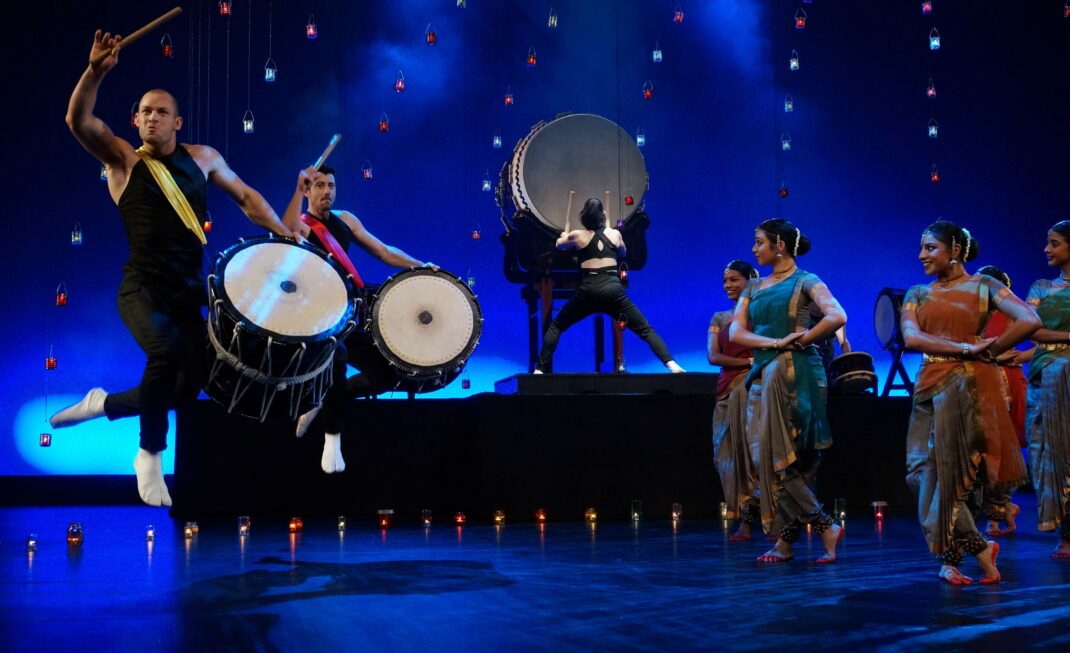
The overall ambience of the work was quite evocative of time and place, changing as the work progressed with a particularly strong contribution from lighting designer Karen Norris. It was in all a show that brought huge pleasure and a renewed interest in what dance and music can achieve together.
The complete work (from a 2016 production) is available on Vimeo at this link.
Michelle Potter, 23 October 2023
Featured Image: Promotional image for Chi Udaka from the Sydney Opera House website. Photographer not identified.
